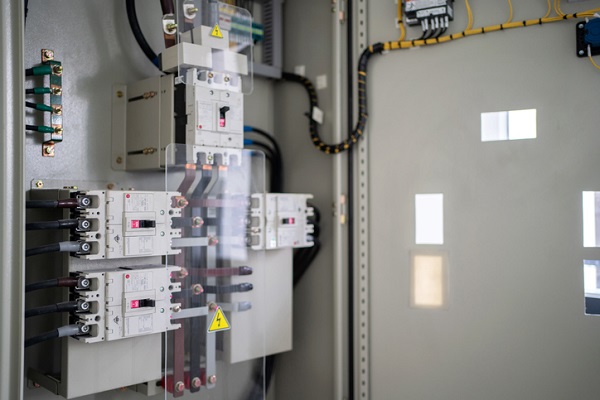Adapting to a greener future: Improving switchboard capability for growing energy needs
In the ever-changing landscape of our electrical network, there is a monumental shift towards greener energies for businesses and homes.
The older switchboard standard, AS/NZS 3439:2009 Low-voltage switchgear and control gear assemblies, is no longer sufficient to handle the rapid influx of solar and other generated energies, coupled with the escalating energy needs of modern multi-purpose buildings, such as those that house both residential and commercial units.
ADVERTISEMENT
AS/NZS 61439.3:2016 Low-voltage switchgear and control gear assemblies was introduced to provide additional guidance to address the ‘modernisation’ of switchboards and transition from AS/NZS 3439:2009. AS/NZS 3000:2018 Amendment 3 Electrical installations (known as the Australian/New Zealand wiring rules), offered guidance to tradespeople transitioning from the outdated standards of the past such as AS/NZS 3439 to a cutting-edge approach that embraces a more self-sufficient and flexible energy future – supporting diversification by drawing on green energy sources.
Meeting the demands of modern energy transition
The inception of AS/NZS 3000 Amd. 3 marks a departure from AS/NZS 3439:2009, shedding the limitations of older design philosophies. A major focus of the amendment is accommodating multiple feeds from various sources and handling the increasing energy consumption driven by electrification. Governments at both state and federal levels recognise the need for energy diversification, pushing for greater self-sufficiency. AS/NZS 3000 Amd. 3 is aligned with this vision, facilitating a more dynamic and adaptable energy supply.
In an era where e-commerce thrives and data centres become lifelines for businesses, the continuity of energy supply is paramount. AS/NZS 3000 Amd. 3 guides the industry on the changing requirements of switchboards in data centres, reflecting the need to ensure these switchboards can handle the ever-changing electrical switchgear. Modernising switchboard standards keeps pace with a rapidly developing electrical industry, fostering quicker design and turnaround principles, while providing the flexibility to accommodate additional energy sources.
Transitioning to a forward-looking standard for safety and efficiency
The transition from AS/NZS 3439 to AS/NZS 61439, which is a series of standards for low-voltage switchgear and control gear assemblies introduced in 2016, is a shift from a dated electrical distribution philosophy to a future-oriented approach. The newer standard aims to address growing energy needs by offering designs intended to enhance flexibility and adaptability.
AS/NZS 3000 Amd. 3 plays a vital role in encouraging the adoption of AS/NZS 61439, guiding tradespeople towards the use of modern equipment standards.
The evolution of switchboard standards is intricately tied to advancements in electrical switchgear technology. With the development of switchgear every two-to-three years, switchboard standards must adapt to accommodate these new devices. AS/NZS 3000 Amd. 3 cascades these advancements, and the revisions are aimed at making the standard compatible with the latest engineering developments and maintaining a safe and efficient electrical system.
Responding to building requirements and beyond
The profound impact of AS/NZS 3000 Amd. 3 extends throughout the building industry. The National Construction Code (NCC) now mandates switchboards to accommodate electric vehicle (EV) charging, energy production from solar or wind, and safety services, creating a convergence of requirements. AS/NZS 61439, together with AS/NZS 3000 Amd. 3, defines the new standard for modular and constructed switchboards, intended for the safe handling of higher energy demands. The switchboard’s intelligence is integral, efficiently managing different loads depending on specific requirements.
AS/NZS 3000 Amd. 3 ushers in an era of forward-looking switchboard standards, adapting to the demands of a greener, electrified future. The ability to handle diverse energy sources, increased capacity and the flexibility to evolve with technological advancements make this amendment indispensable for prioritising safety, sustainability and efficiency in our electrical infrastructure.
-
ADVERTISEMENT
-
ADVERTISEMENT


